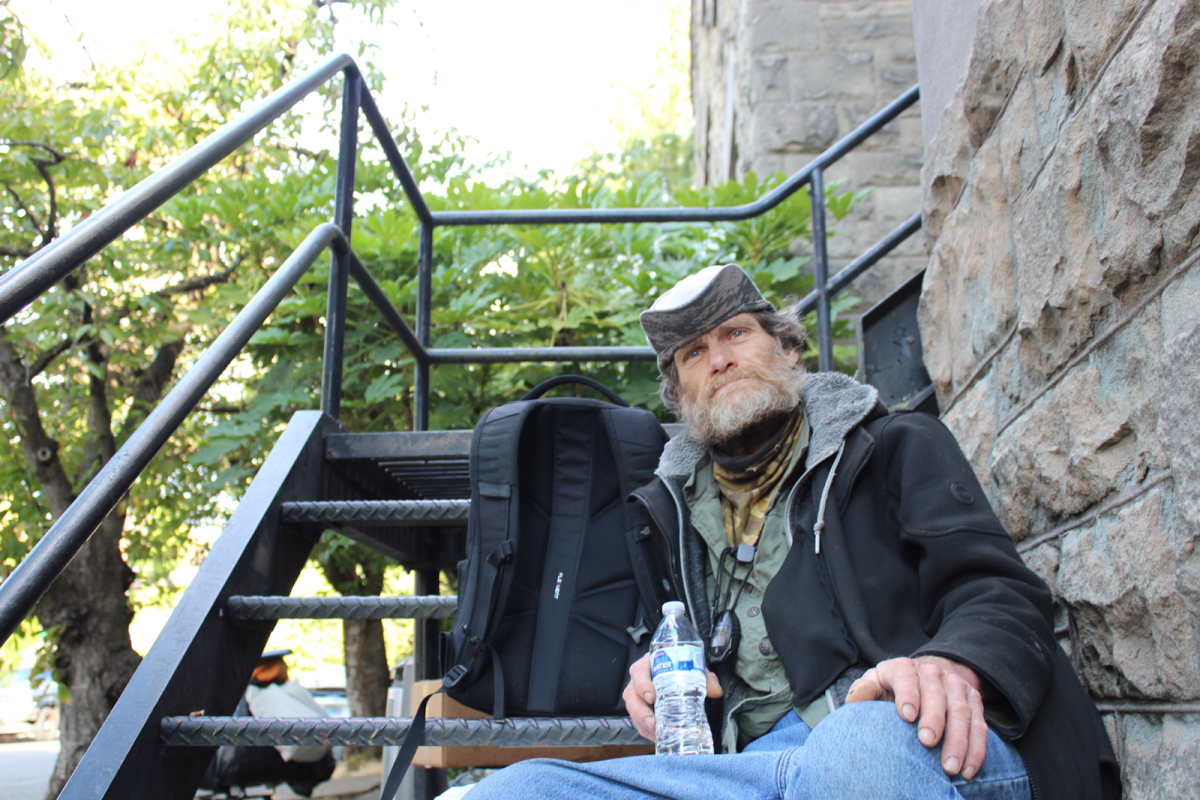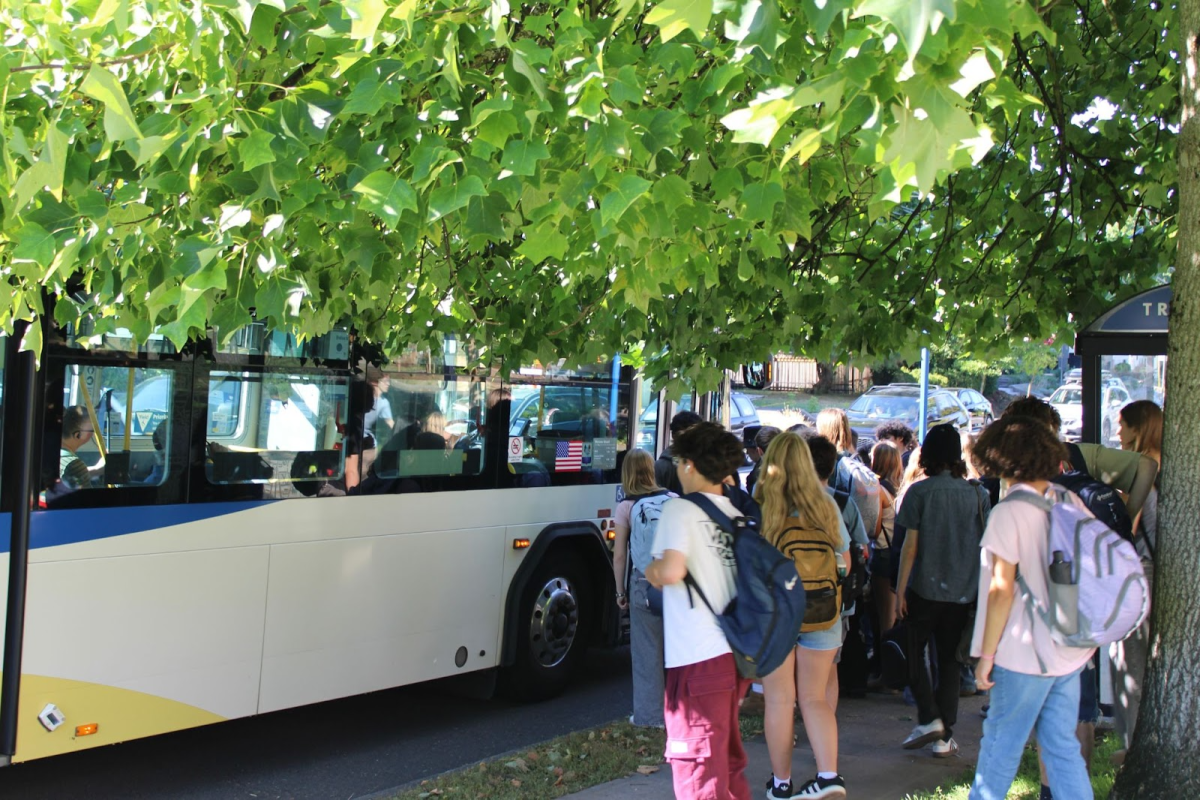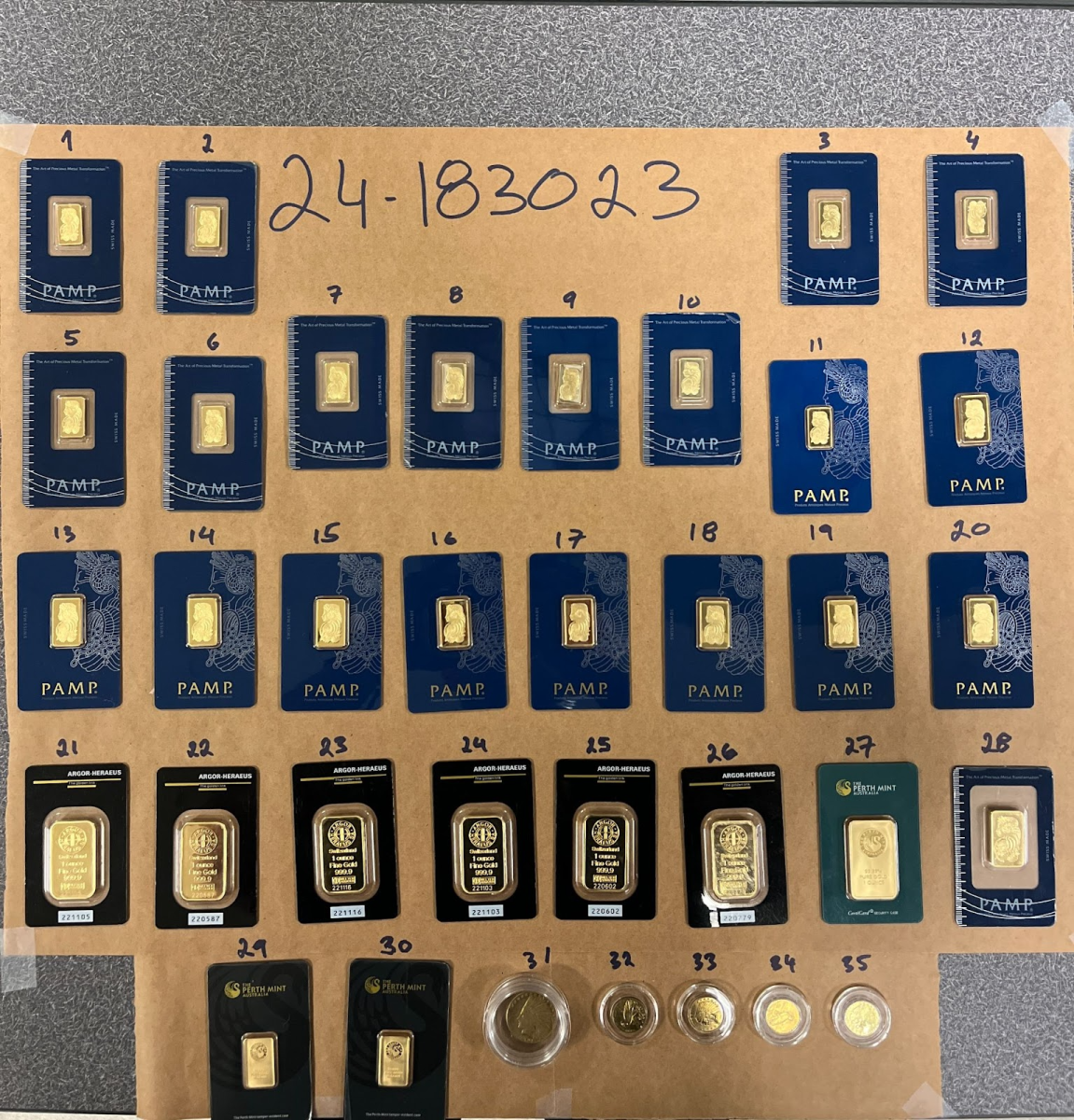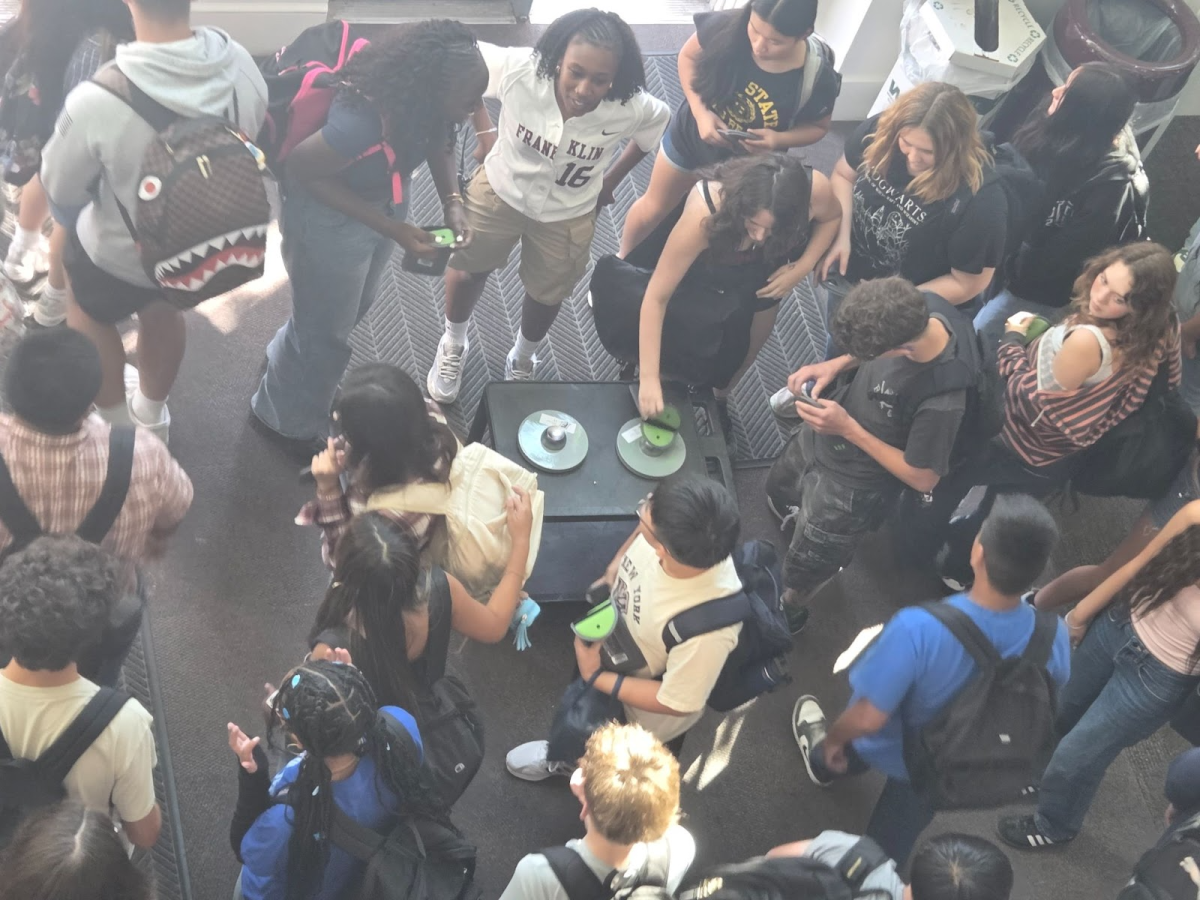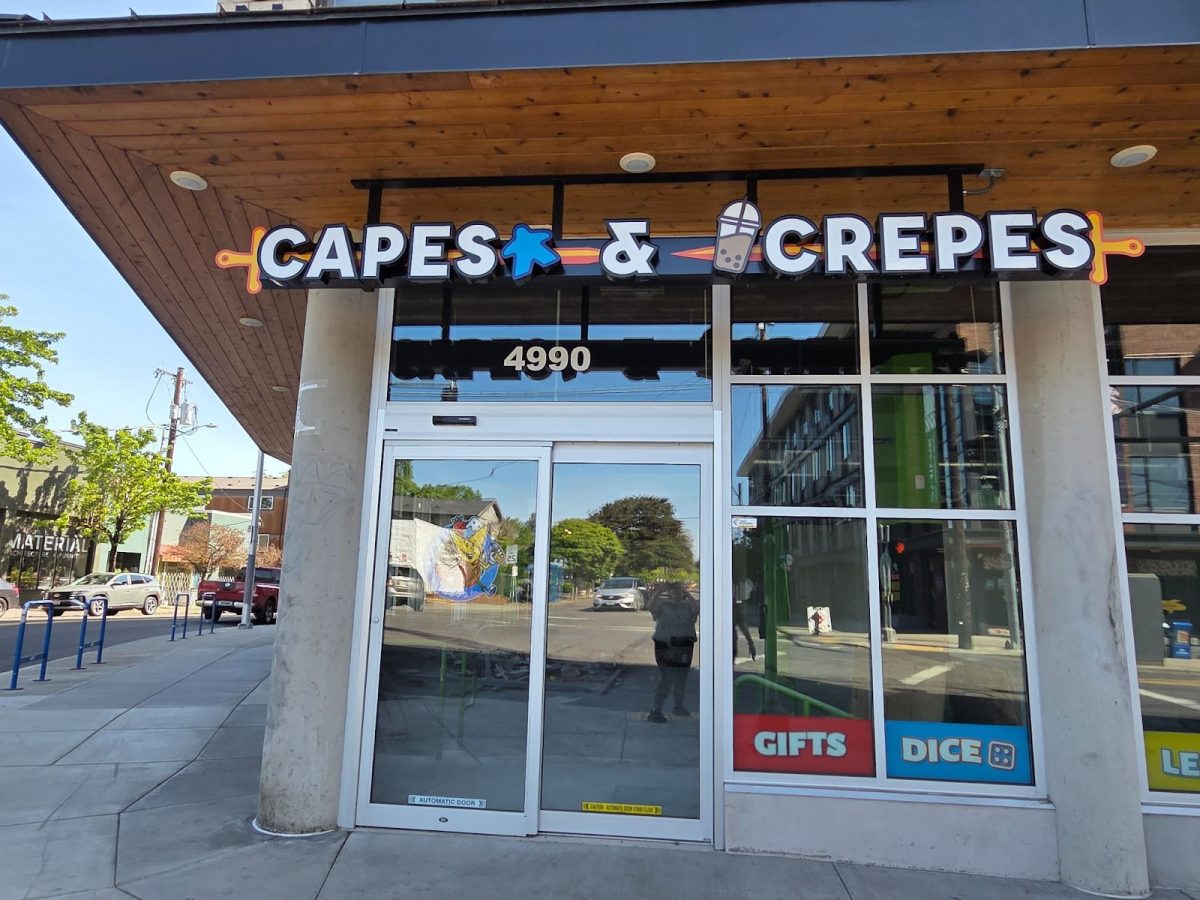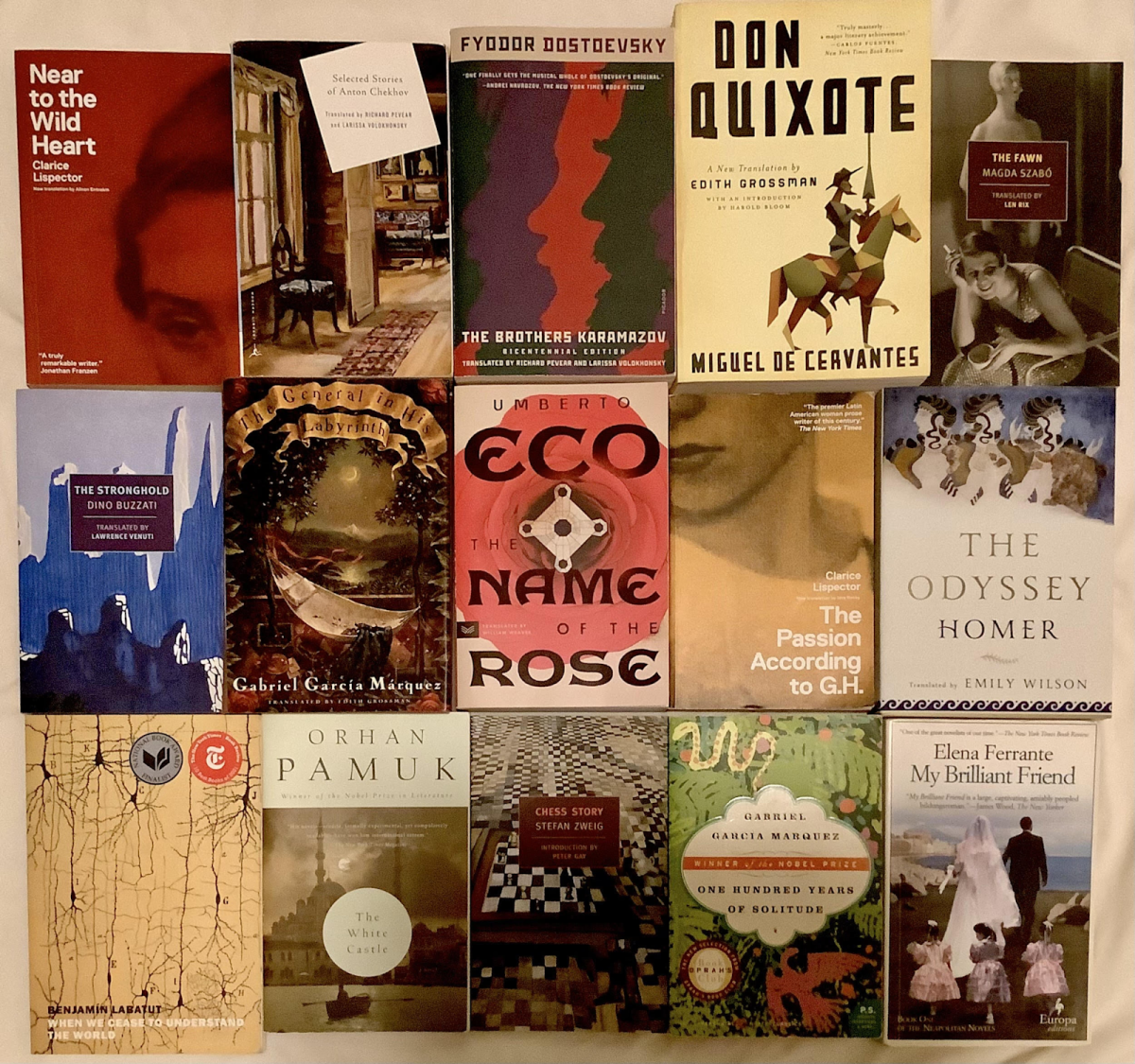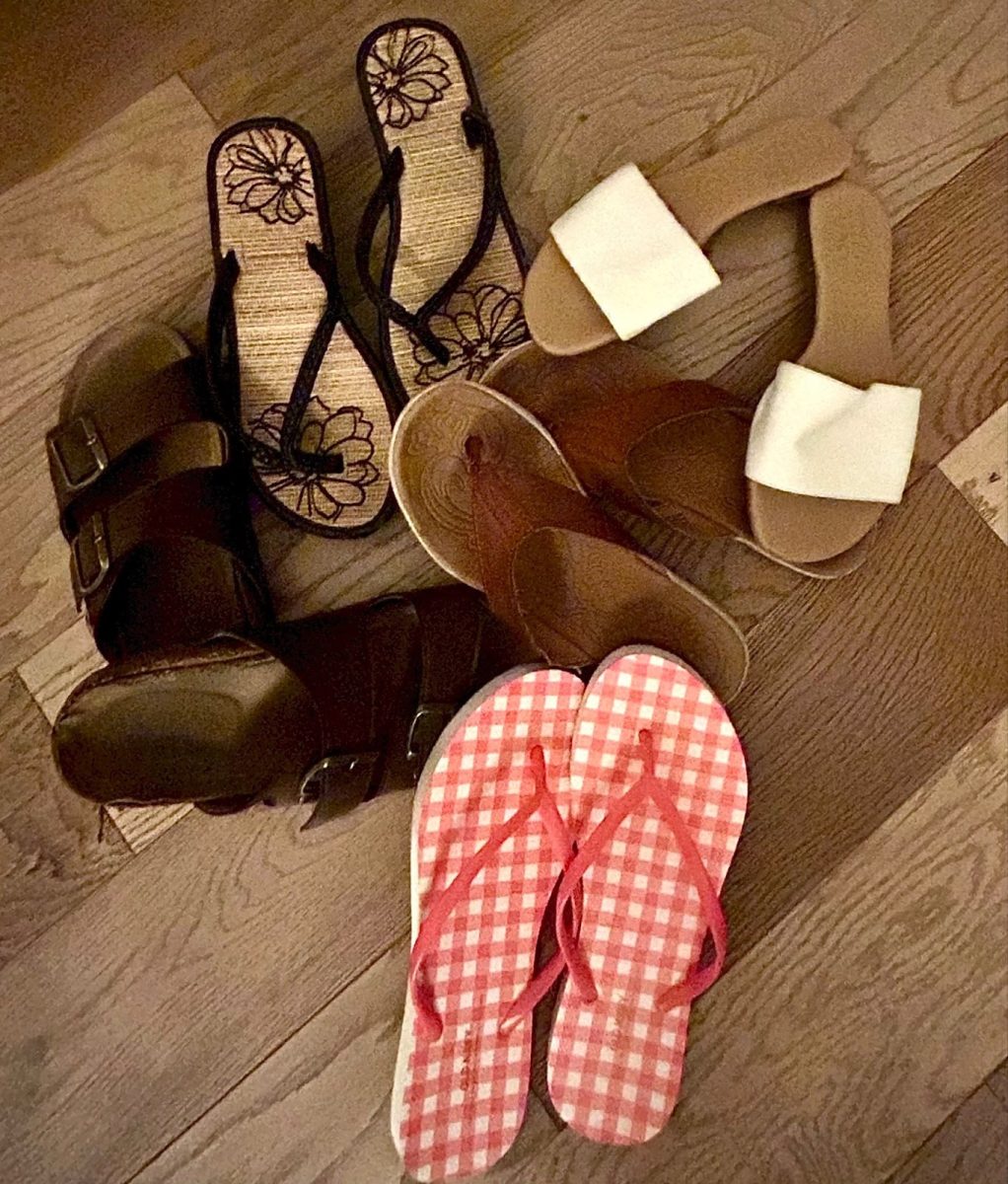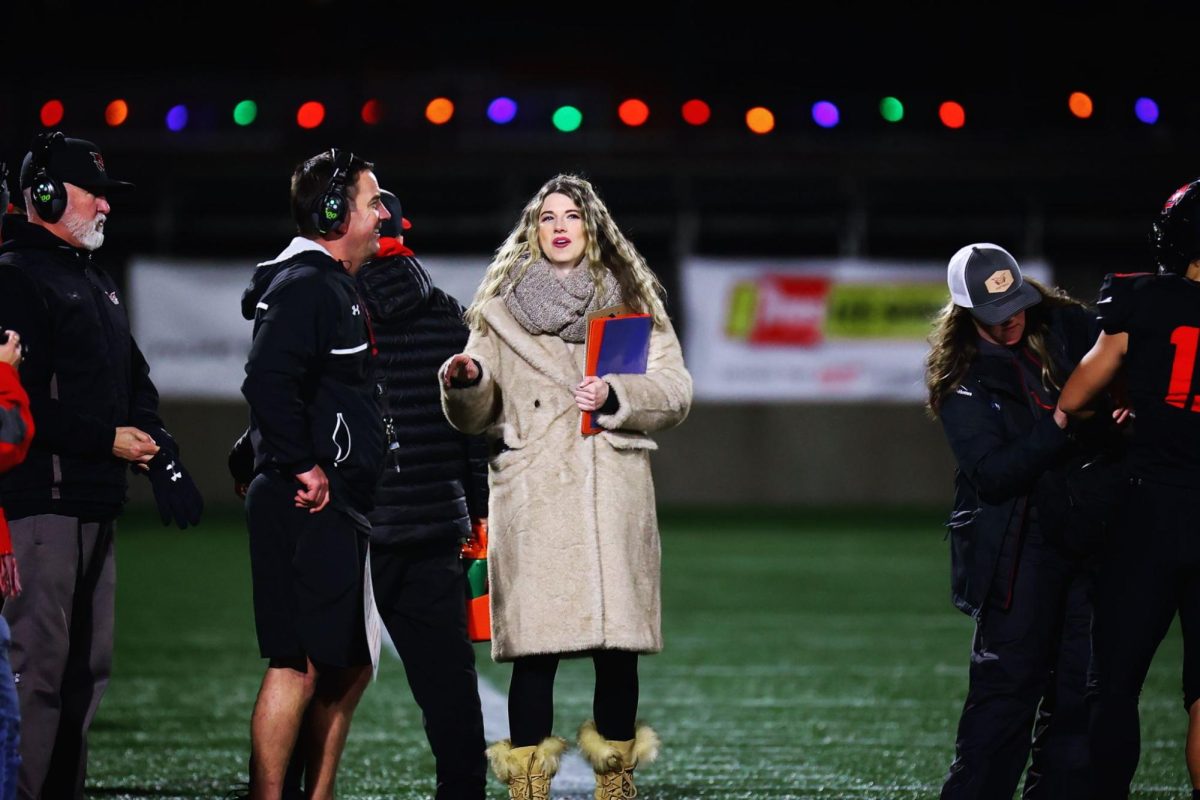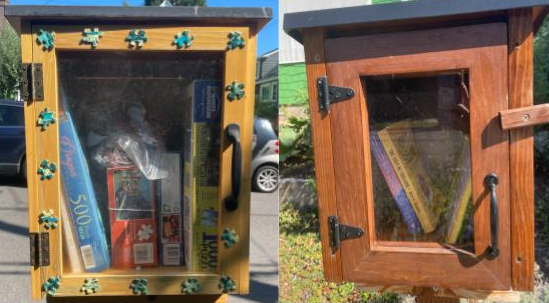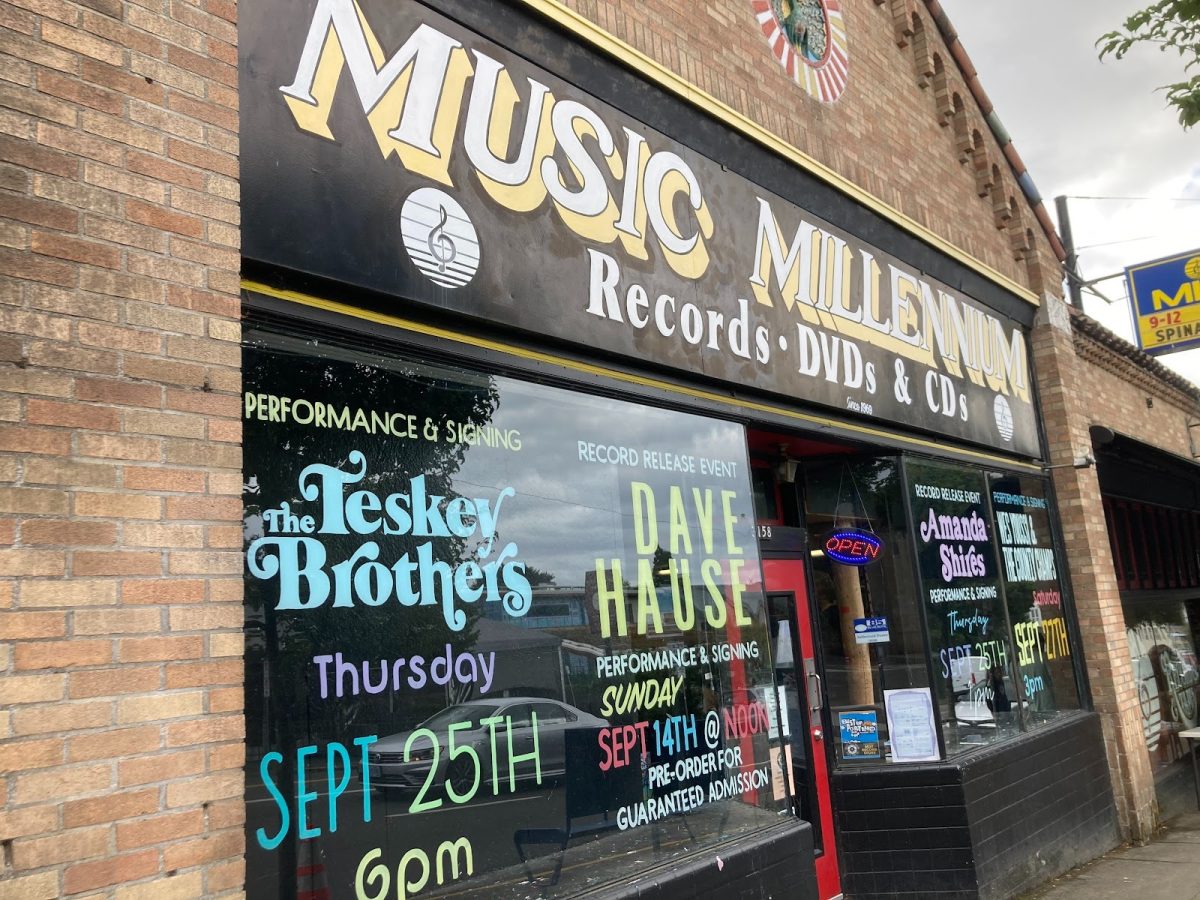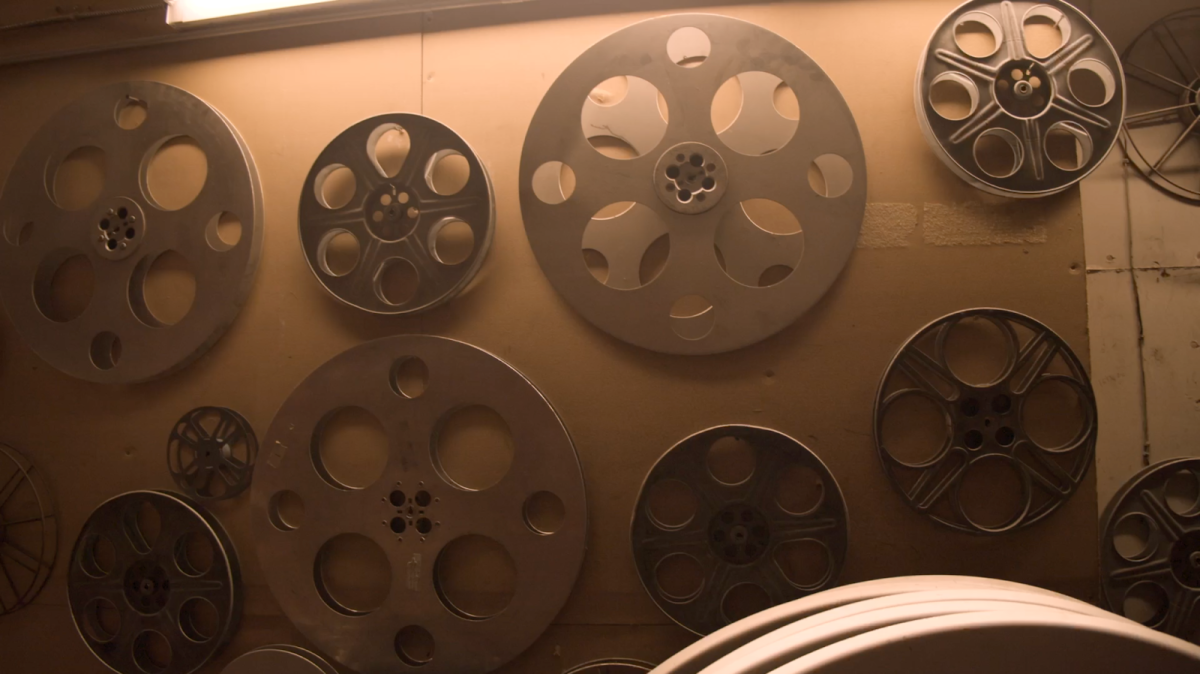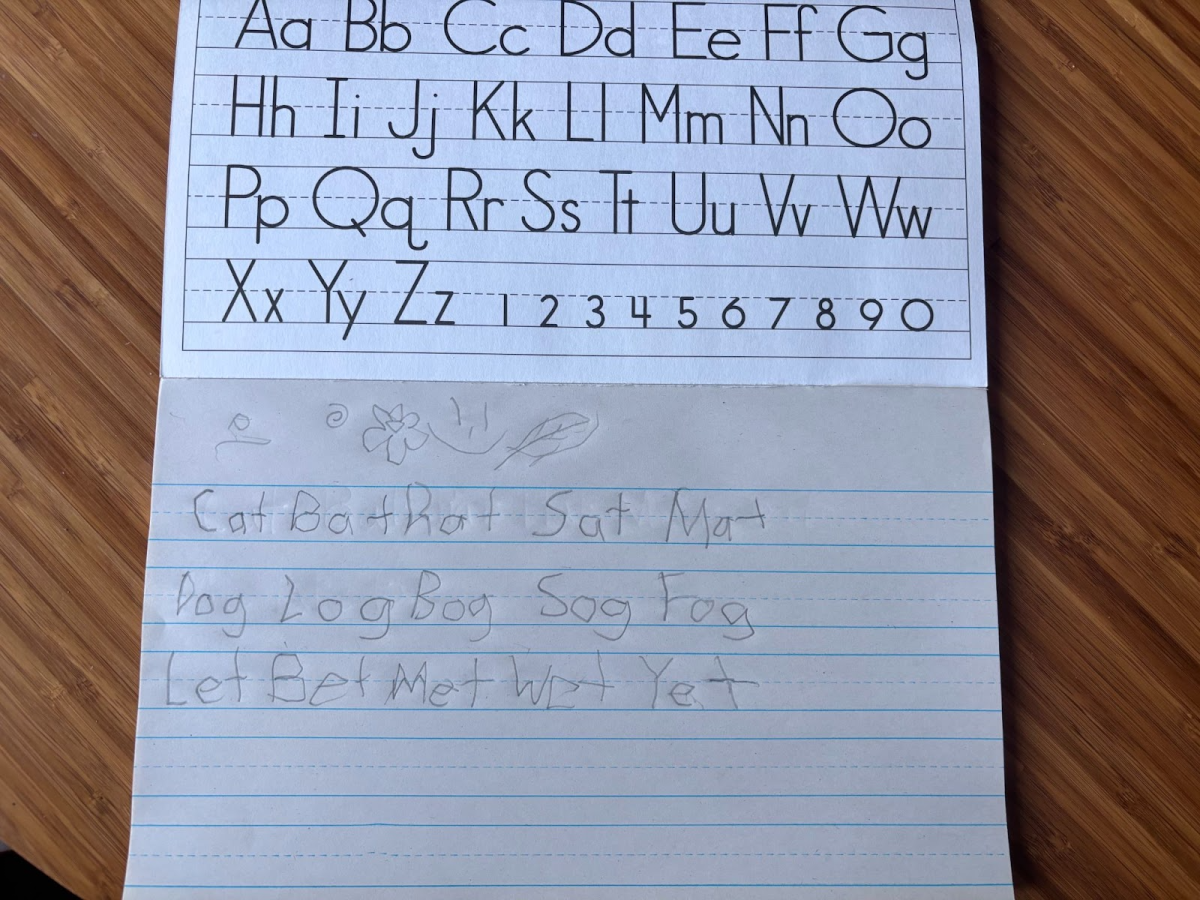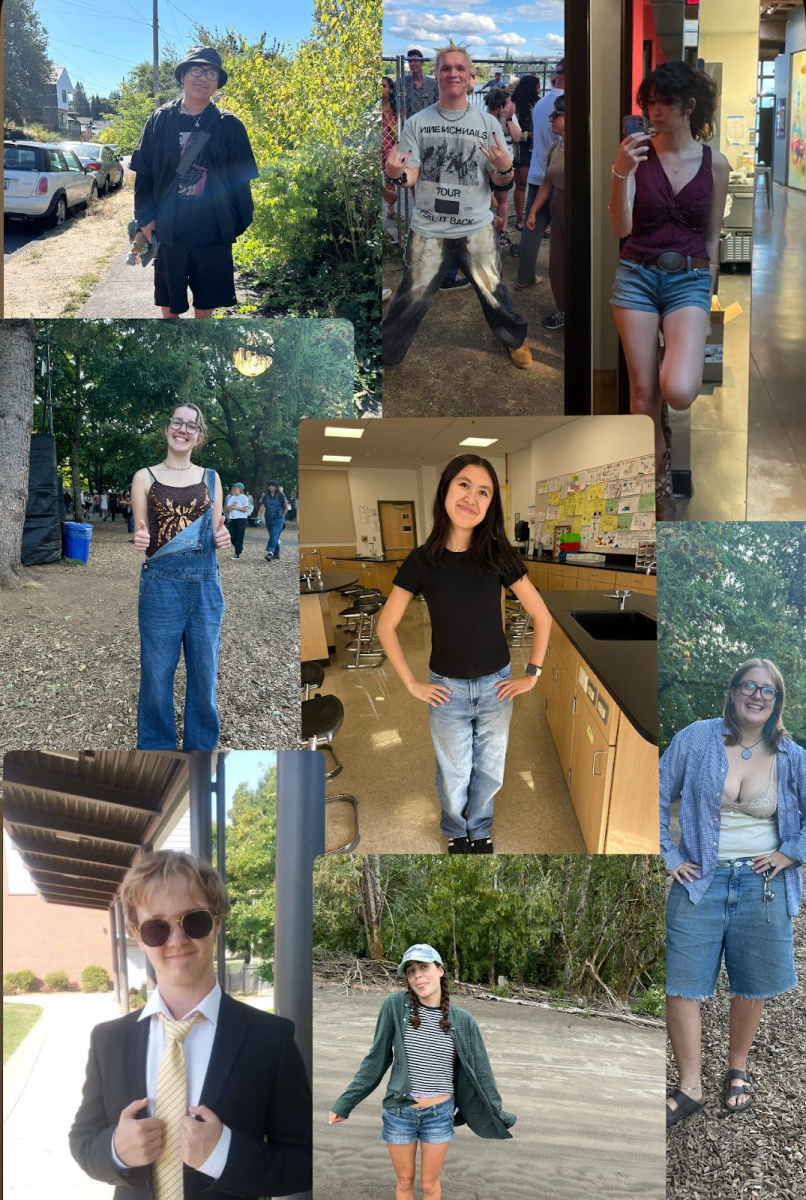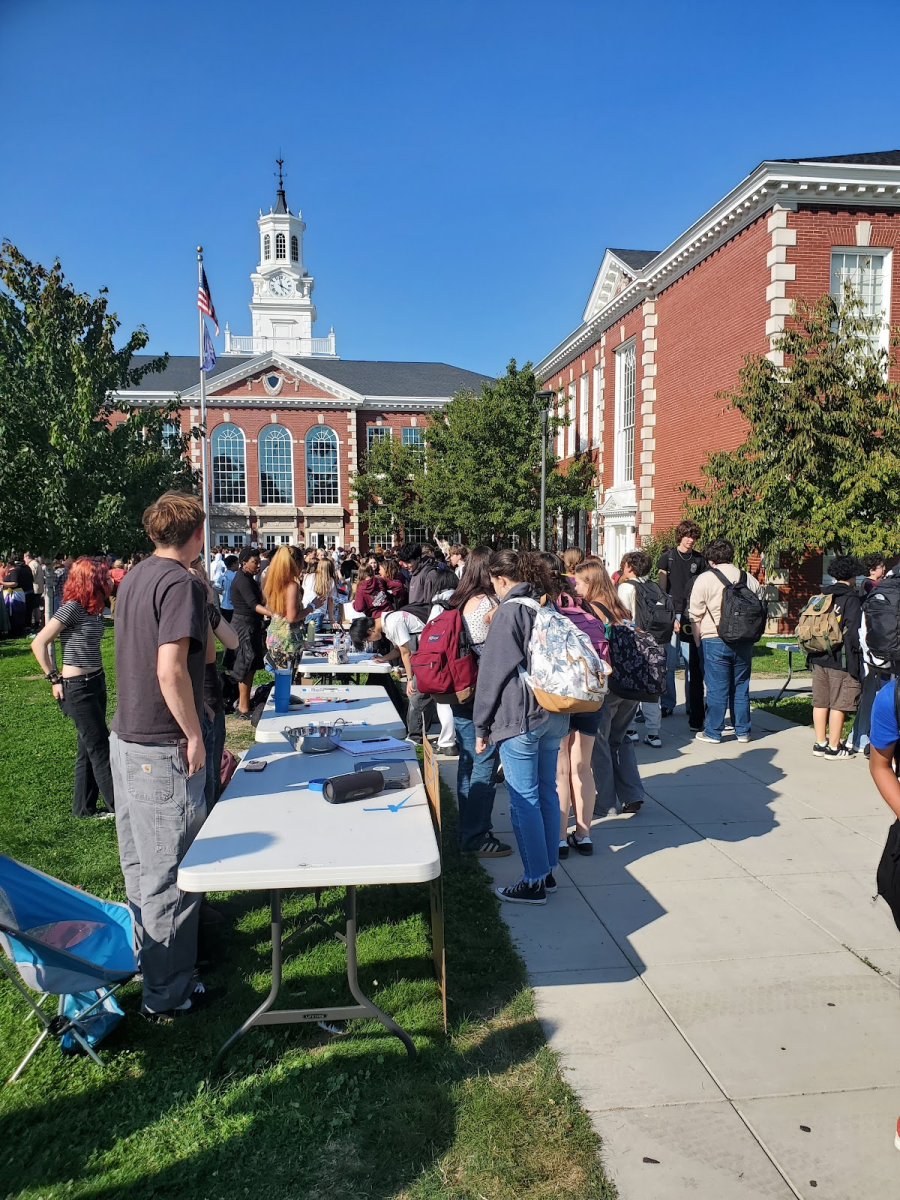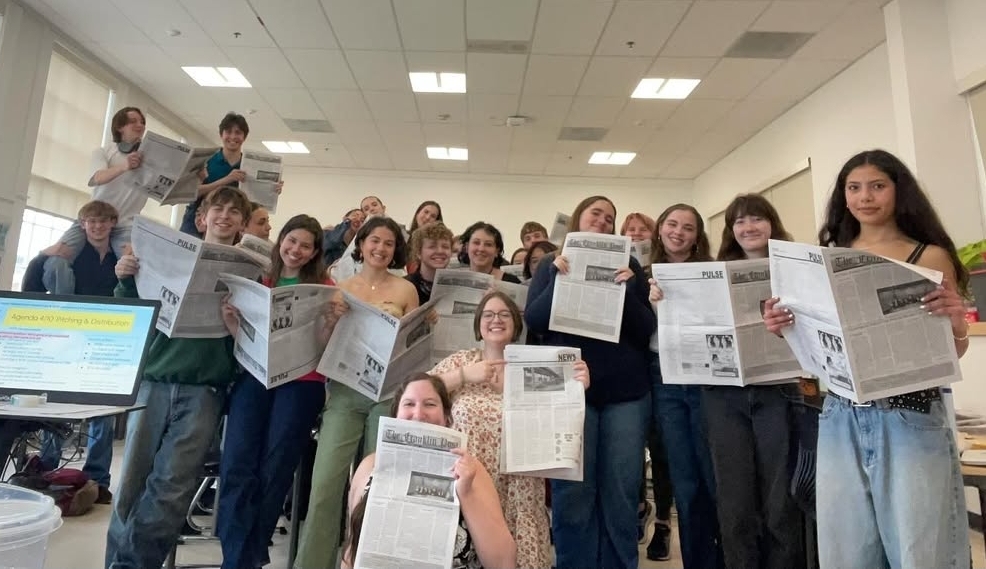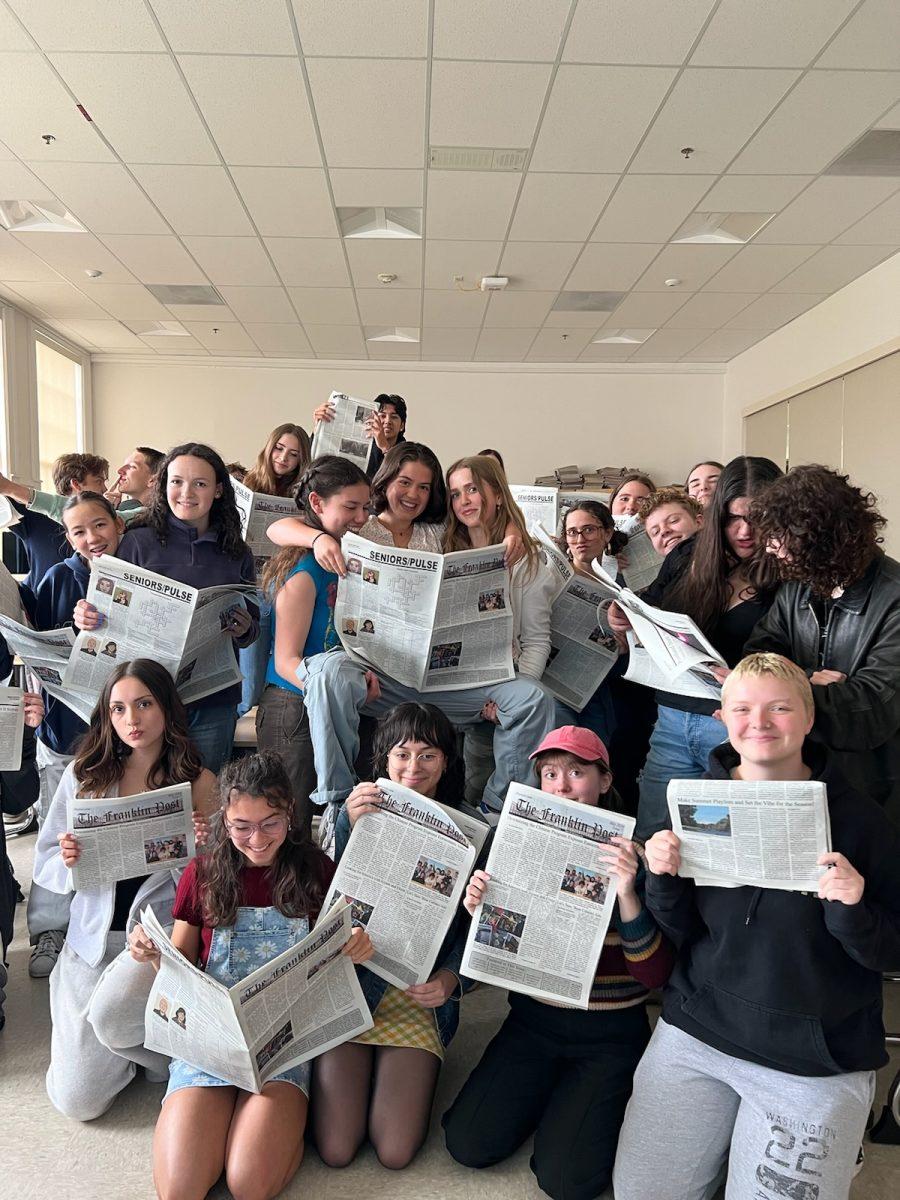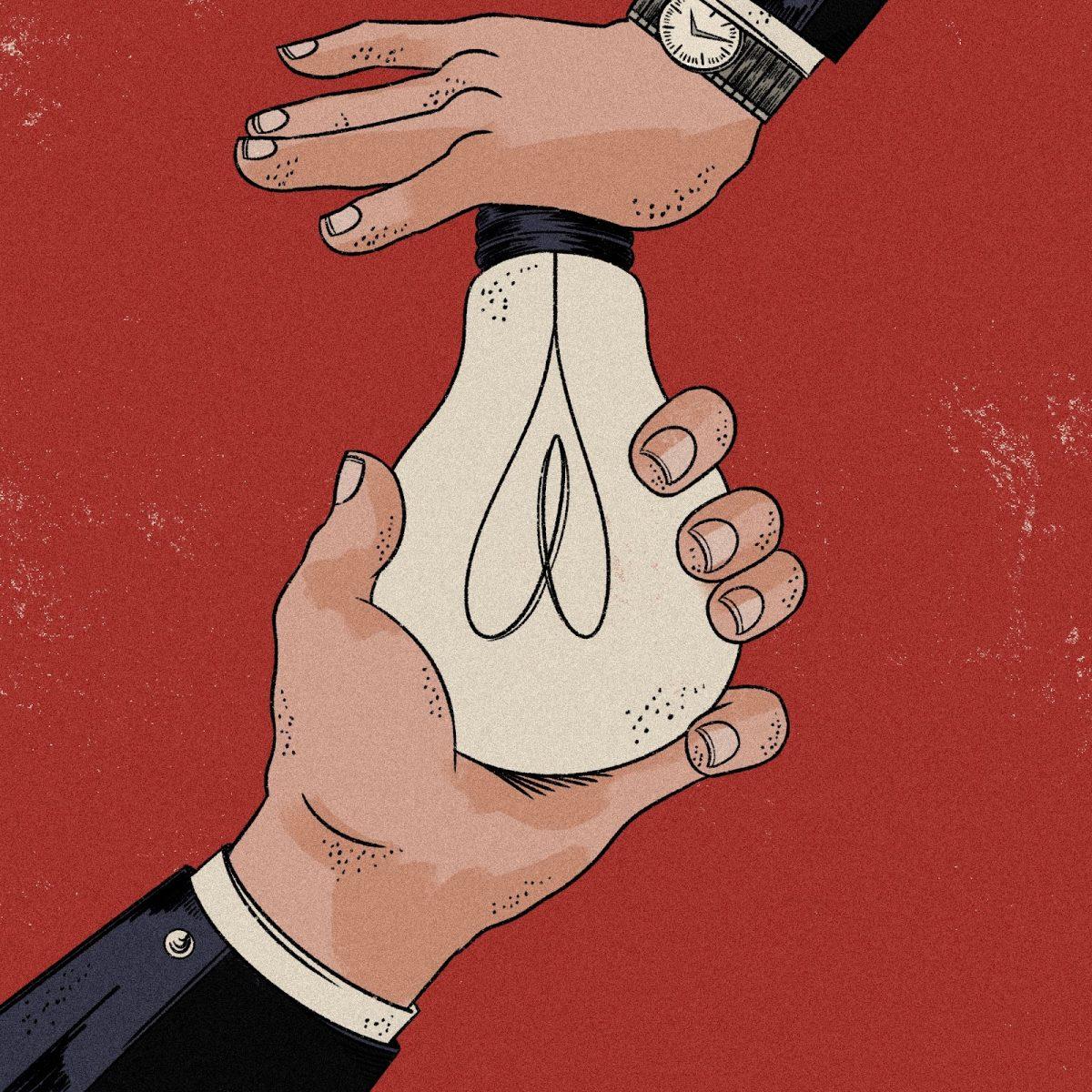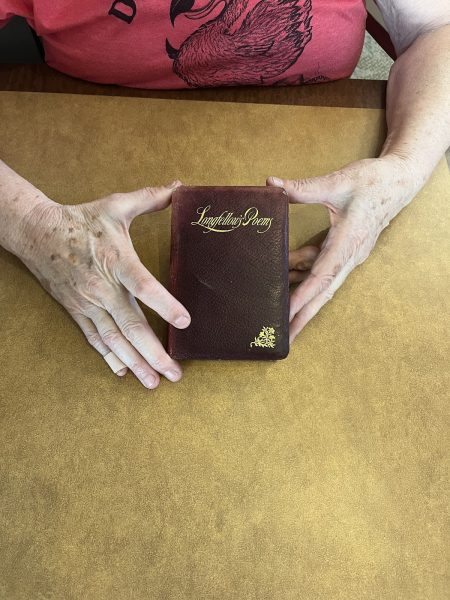
“Legacy,” Helen Kelley described, as her hands flipped through the age-worn pages of one of her grandmother’s poetry books. “The things I have are the legacy from my family.” Every person collects — whether purposefully or not — memorabilia throughout their life. From the photos you snap of picturesque sunsets, to the diary entries from your youth, to the pearl necklace passed from mother to daughter, every person is in their own way, a collector.
However, in a world of cluttered childhood bedrooms and shelves overflowing with books and other trinkets, no one can keep everything. As such, each person is forced to ask themselves at one time or another: what items should I keep?
For Kelley, a 78-year-old and six-year resident of the senior living home Courtyard at Mount Tabor, the items she has held onto are less of a reminder of her own life. Rather, her possessions give her insight into the lives of those she has loved and their unique stories. Part of this legacy she preserves takes the form of a faded Henry Wadsworth Longfellow poetry book with an inside cover signed by her grandmother. Kelley explains that after her grandmother’s death, revisiting the poems allowed her to “find out more about [her] grandmother, which [she] didn’t know and [she] wanted to know.”
These important objects may be held in our hands, but they are marked by the fingerprints of the people who have passed them along to us. Each mark paints a more complete portrait of the life you’ve lived and the lives of those you’ve loved. Sometimes the two are much more intertwined than we realize. For Kelley, this unexpected connection manifested itself through the poetry book. As a young girl, she was a Girl Scout and her above-average height led many people to call her “Longfellow.” Upon reading from a poet with that shared name that her grandmother had loved, she said, “Maybe it’s sort of an unusual connection, and it makes this even more special because it’s not just [that] my grandma had some poems but that it includes me.”
The legacy that someone leaves behind can take many forms. While many may initially think of love letters or poetry, it is often the mundane items people take for granted that can reveal the most about their lives. Nicole Yasuhara is the museum director for the Oregon Historical Society (OHS), and she described how through her experience curating exhibits that display Oregon history she has learned that “any item can provide insight if it is accompanied by personal stories [and] experiences.”
For Yasuhara, items from daily life consist of the objects that “museums don’t have and that really speak to the broader public.” These objects tell stories about a person’s history and paint a picture of what has influenced them to make them who they were. She referenced OHS’ extensive assortment of dresses dating back to the early 1900s. These dresses have come from people who took the high quality and prices of the dresses as a sign that they were “important enough to donate to a museum.” However, she emphasized how not everyone has been taught to believe in the value of their belongings, saying, “The people who were working in laundries and things like [that], they weren’t thinking the uniforms that they were wearing were important enough [to hold onto and donate to a museum].” Yasuhara contended that situations like this have led OHS and other museums to underrepresent those who lacked expensive possessions.
Across cultures throughout history, the value of objects used in daily life has not always been held in the same esteem as items meant to be displayed or items for a singular occasion. However, that does not mean they are less worthy of being preserved.
Executive Director of the Hellenic-American Cultural Center and Museum Maria Phoutrides-Carter explained how she is currently curating an exhibit centering on Grecian textiles. Phoutrides-Carter described how textiles as an art form “in Greece — and in much of the world — were not always given the same regard as other arts, but they can be magnificent artistic feats in their own right.” Similar to the way an expensive dress might be valued over a worker’s uniform, Phoutrides-Carter has found, “There is also an element of textiles that points to their use in everyday life, which is another reason I think their artistic significance can be overlooked, but is exactly why they are so special — they bring color and life to every day.”
These items — whether a uniform, a student ID, or the first attempts at homemade jewelry — may not have a high retail value, but they may be the very things that provide tangible evidence of what day-to-day life looked like.
Kelley recalled how she was filled with joy when she discovered a manger scene in an old chest. She described how the manger scene provided “a memory of raising [her daughter] and [of] her [daughter’s] childhood.”
Through the memories stirred by these items, individuals can decide what to keep and what to get rid of. Whether you decide to keep these items to pass down to your children or want to eventually donate something to a museum, Yasuhara stated, “Just think about those moments [connected to the object], and whether or not you end up donating something to the museum, [those are] the moments you should treasure.” Sometimes your attachment to an object serves as a reminder of your own history, like how the manger scene connected Kelley to earlier days with her daughter. Other times, the items may spark fond memories of someone you love who is no longer with you.
“When you do [preserve items], you think of the person it came from every time you see it, and I’m glad that it got saved because of me,” Kelley highlighted, referencing her decision to keep a large dresser when going through her parents’ old house. When asked who she thinks of when she looks at this dresser, she said, “My mommy” — to whom the dresser had originally belonged before being passed along.
Devin Busby, an outreach archivist for the Portland City Archives, highlighted how there is no single item most important to preserve because “the items [you preserve] create a story together.” The insight provided is the special part, not the items themselves. This perspective is everywhere, from the cultural insight preserved via letter correspondences to the nostalgic moments captured in photographs.
After you have determined which items are the most important to you, both Busby and Yasuhara highlight the importance of carefully caring for those items. This way they can last you a lifetime, and be passed down for generations to come. This may look like ensuring all letters, cards, and photographs are tucked away in a dry environment or carefully folding your favorite childhood clothes into a labeled box. For many, a way to start actively curating your own life’s exhibit can be as simple as sorting through the many photos on your phone.
Busby described how the media maintained in digital spaces may offer “new ways of archiving, but the idea is the same.” In light of damaged files and limited phone storage, Busby emphasized the need to “preserve proactively.” Rather than taking a photo and leaving it unlabeled among thousands — sorting, downloading, and even printing the most important pictures can ensure that these snapshots of your life are safe.
Careful preservation can also mean not simply keeping the items that hold material value, but instead preserving those that truly bring the most memories to mind. This may mean getting rid of some of the fancy shirts you’ve worn once and left forgotten in your dresser ever since, but keeping the chipped mug that reminds you of early morning conversations with your mom.
By organizing these items, your life’s exhibition can expand to reflect your distinct viewpoint and interpretation of the world. This can be expressed through the books you choose to read, the art you produce, or the items that represent your familial and cultural heritage. “The story of the Hellenic American experience is one that is made of several different unique perspectives, journeys, and individuals,” explained Carter. “Objects that highlight this individuality or capture an element of an individual’s story are what I consider the most revealing and, in many ways, the most valuable pieces in our collection,” she added.
Being sentimental means carrying on the legacy of everyone who came before you, ensuring the lasting legacy of those around you, as well as leaving a legacy of your own. So, what will you keep? As spring cleaning commences and, for some, the end of the school year opens up new chapters near and far from home, Busby offered a reminder for everyone beginning the process of holding on and letting go. She advised, “Preservation is a journey … it’s not going to happen quickly.”
